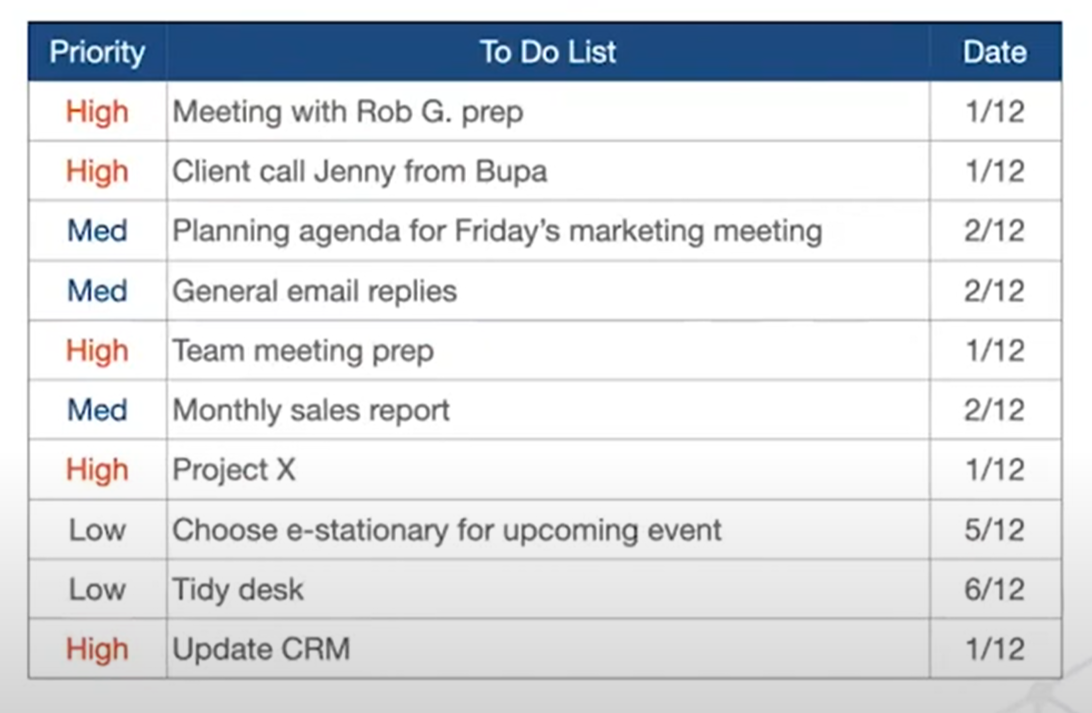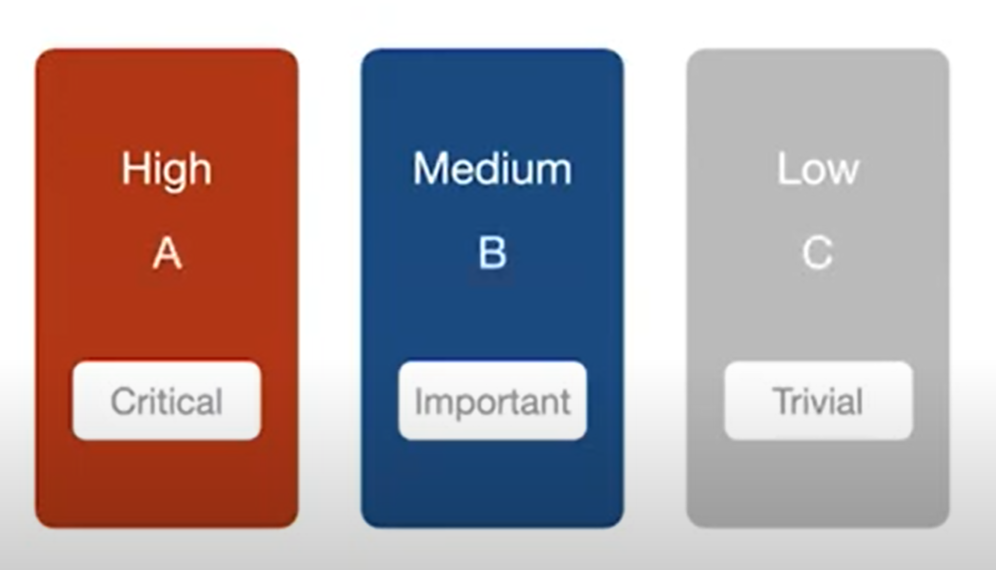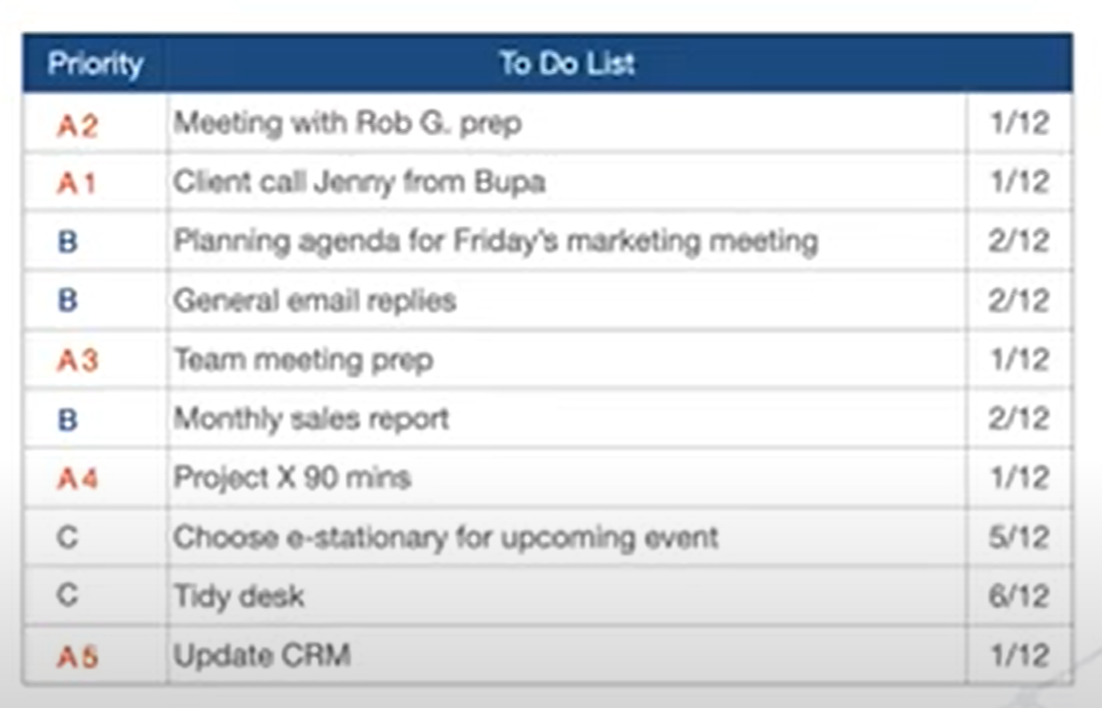Modern workers must navigate the increase of hybrid and remote workplace challenges, sophisticated information systems, and the high level of digital traffic. So, it’s easy to understand how quickly we can lose focus and feel overwhelmed with the daily workload. To help combat this is a helpful technique called laser focus. This will give you the ability to adapt to the unpredictables of your day, as well as maintain the mental concentration and energy you need to get stuff done. We also go over this technique in more detail in our Creating Productive Habits workshop.
Laser focus principles
So how does it work? Well, laser focus is built on two principles.
The first principle is something called an adaptive strategy. Think of it like a GPS. If you plug in a destination in your GPS and you get off course, the GPS kindly reroutes you and gets you back on track. So having an adaptive strategy is like that, where you’re able to deal with the unpredictables or the unexpected things that happen in your day and reroute and get back on track quickly.
The second thing is to have a system. Most of us have tools and methods we use, and it’s easy to fall into the habit of reacting to the traffic that comes in on those devices, rather than having a system that helps you manage that traffic. Having a system is about becoming the master of your tools and methods rather than the slave. So let’s have a look at this in a little bit more detail and in a practical example.
To-do list prioritisation
Many of us benefit by having a daily to-do list because it helps us to get rid of task clutter that might be holding up our mental faculties. There are different ways to do this, but the most common way is to write your to-do list down on paper. This is partially explained by the therapeutic value of reducing your stress levels by physically writing things down and downloading the task clutter that can sit in your head. Of course, there are also digital task management systems. The most effective tool is the one you’ll use, so choose what works for you and stick with it.

Once you’ve written down your tasks, prioritise them. The basic prioritisation levels are normally high, medium, or low. If you use a task management system, you’d also know that the other prioritisation element is the date. For example, if meeting with Rob is a high priority, then you know that needs to be done on the first of December. Same thing with the client call, first of December. That is the deadline and that is the priority.
Using a priority system of high, medium, and low:
- High stands for critical, things that have to be done today, and can’t wait until tomorrow.
- Medium means important, but not critical. If you get to it today, great, but if not, you can do it tomorrow.
- Low being trivial, things that you could either do when you’ve got extra time or you can put off for a few days.

Alternatively, you can use the ABC type approach. So rather than calling it high, medium, and low, you use A, B, and C. Let’s have a look at that in a rejigged task list, the same task list before. You’ve translated those highs, mediums, and lows into ABCs. The only problem is you’ve got five high priorities without any distinction. How do you decide which of the high priorities on the first of December to tackle first? This is where you ring in another level and where laser focus comes in.

So for example, let’s say the client call is your most important task out of all the A tasks. So you’d call that your A1 and then prioritise all the other A tasks based upon their order of critical nature. So you’d then have an A1, an A2, an A3, an A4, and an A5. (If you’re sticking to the high, medium, low system, you can call these High1, High2, High3, etc.)
Laser focus kicks in because what you need to do becomes crystal clear. You can only focus on one thing at a time and you’ve mapped out your task list from a productivity point of view to reflect that. When you have multiple things you’re trying to focus on, it starts to degrade productivity and productive energy. Using an A1 strategy means that all you’ve got to do once you’ve mapped this out, is just focus on that A1 task.
Making your to-do list adaptive
Here’s the adaptive part. Things can change with little notice, for example, a manager unexpectedly says there’s a new critical task that has to be done, and you have to rework everything. All you need to do is re-prioritise the numbers according to what is the new A1. For example, there’s an issue with the CRM and your most important task is now updating the CRM. That becomes your new A1, and all your other tasks are reordered accordingly. If your role is hugely adaptive, and you need to reorder priorities multiple times a day or week, make sure you’re using a task management system or to-do list layout that is easy to alter.
Remember, all you need to do is just keep focusing in on what your A1 or highest priority task is. This helps you to manage the rest of the task clutter and feel less overwhelmed, because all you’re required to do in any one moment is focus on that A1. If that changes, you reorder what that A1 is, and then you get going with that.
Laser focus is a quick strategy that’s definitely useful to helping you order your tasks and gaining that laser focus. Happy tasking!

